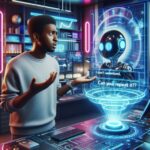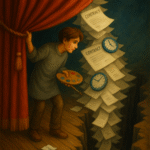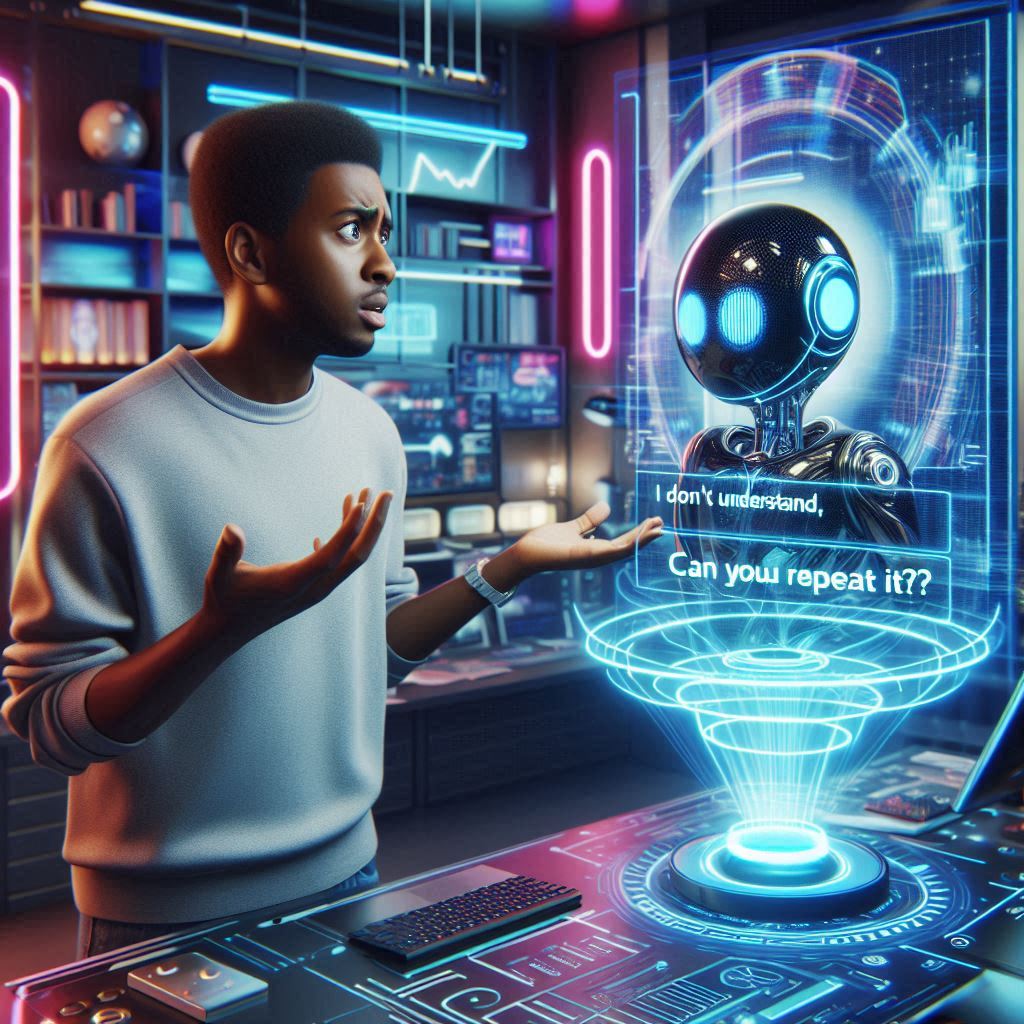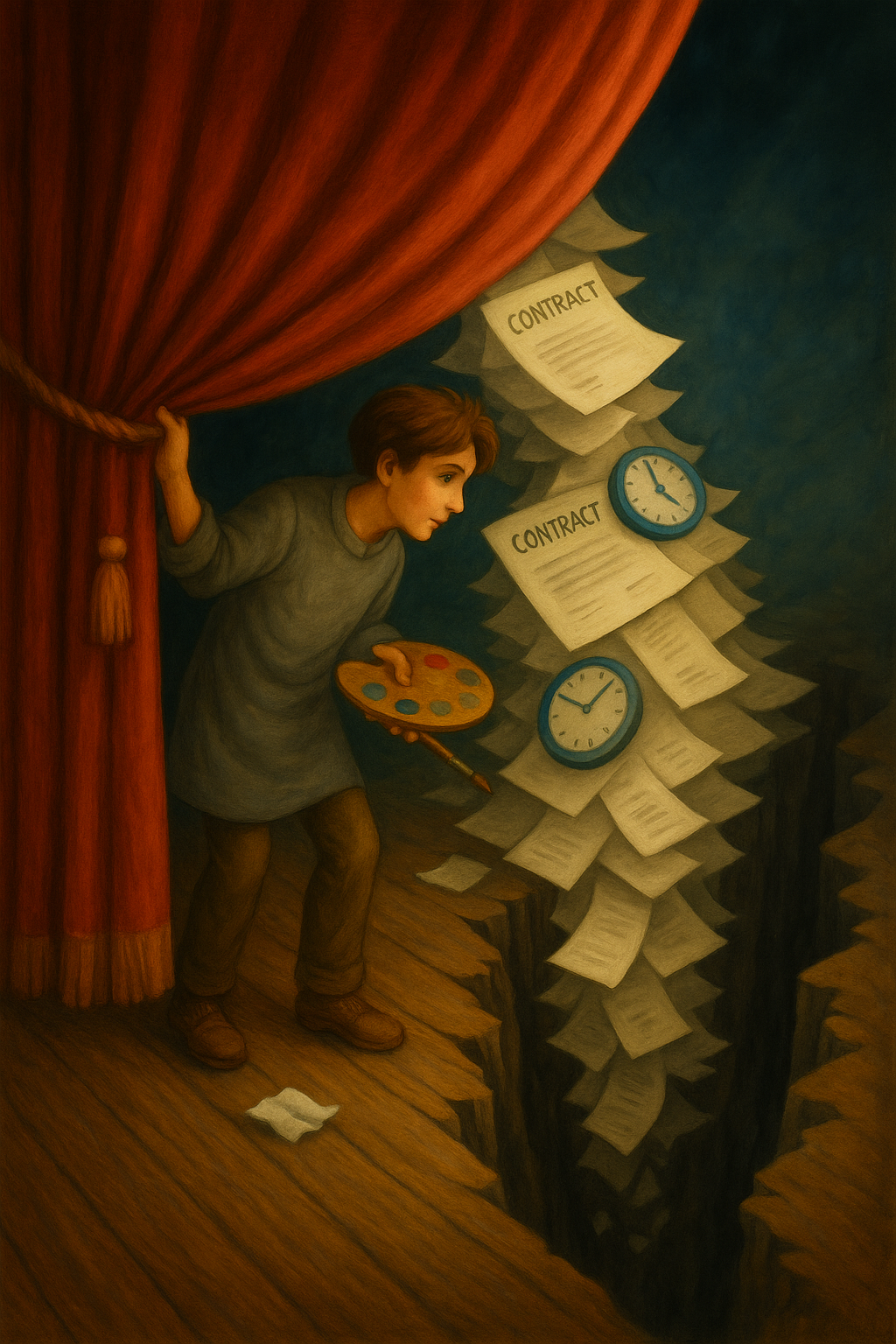Se existe uma pergunta que me acompanha desde que comecei minha pesquisa em Humanidades Digitais, é esta:
Afinal, para que serve um museu virtual?
Há quem imagine que um museu virtual seja apenas uma exposição online — um tour digital com algumas fotos de coleção.
Mas não é isso.
Um museu virtual pode ser muito mais do que um site bonito: ele pode ser um espaço de reconstrução, de escuta e de reconexão com a memória coletiva.
Theodor Adorno dizia que o museu tradicional pode, por vezes, se tornar um “mausoléu”: um lugar onde as obras são preservadas, mas afastadas da vida. E eu entendo esse olhar — com frequência, a experiência museal é feita de silêncio e contemplação, mais do que de participação.
Mas e se pudesse ser diferente?
E se fosse possível criar um espaço onde as pessoas pudessem interagir, contribuir, reconstruir histórias — e, principalmente, se reconhecer?
A tecnologia pode ajudar — mas sempre com cuidado.
Usar Realidade Virtual, Inteligência Artificial ou modelagem 3D não é substituir história, e sim oferecer novas formas de acessá-la.
E isso se torna ainda mais importante quando falamos de acervos apagados, perdidos ou inacessíveis.
Recentemente, alguém me disse:
“Mas por que eu deveria me importar com isso? Isso é coisa que você quer saber, não outras pessoas.”
Esse comentário doeu — mas me fez pensar.
Vou dar um exemplo:
Imagine um museu real, guardião de uma parte fundamental da história de um país, que tem cerca de 70% de seu acervo destruído em um incêndio.
Não vamos discutir aqui as causas da tragédia.
Meses depois, esse mesmo museu anuncia a exibição de peças raras — nunca mostradas ao público — e a reabertura de um prédio modernizado e reconstruído.
Diante disso, qual narrativa é mais fácil de aceitar?
– Que o museu foi renovado, revitalizado e agora oferece uma experiência inédita?
– Ou que uma parte imensa da coleção se perdeu, e o que vemos agora é apenas um fragmento — um esforço de reconstrução baseado no que sobreviveu?
A questão real não é se as pessoas se interessam ou não.
A questão é: até que ponto estamos dispostos a ignorar o que perdemos, sem fazer nenhum esforço para preservar nossa memória?
E mais: quantas vezes deixamos de contar uma história inteira simplesmente porque ela é desconfortável?
Museus virtuais ajudam a lidar com isso.
Eles não substituem o mundo real; eles ampliam o acesso, registram o que não podemos mais tocar, preservam o que não existe mais fisicamente — e permitem reconstruir narrativas de maneira mais honesta e inclusiva.
Durante minha pesquisa, percebi algo que vai muito além da técnica:
Existe uma barreira simbólica entre tecnologia e humanidades.
Um sentimento de “isso não é para mim”.
Muitos historiadores da arte ainda se sentem deslocados diante de ferramentas digitais.
E profissionais de tecnologia, quase sempre, não são preparados para lidar com memória, patrimônio e ética cultural.
Mas talvez o mais preocupante nem seja essa divisão.
O mais grave é entender como, como sociedade, ainda ignoramos o valor da cultura.
Ainda tratamos conhecimento como algo elitista, distante, desnecessário.
Infelizmente, não podemos iluminar todas as mentes.
Mas, como disse Leonardo da Vinci — em uma frase que carrego desde criança:
“O aprendizado é a única coisa que a mente nunca teme, nunca cansa e nunca se arrepende.”
Desejo profundamente que mesmo as mentes mais fechadas possam sentir, um dia, a alegria de aprender algo novo — algo que as conecte ao tempo, às pessoas e à beleza da descoberta.
Se um museu virtual puder ser essa porta, então já valeu a pena.
Para mim, é isso que um museu virtual é:
Um lugar vivo.
Um lugar que escuta.
Um lugar onde podemos reconstruir.
Porque preservar cultura é, antes de tudo, um ato de resistência.
E quando as humanidades e as tecnologias se escutam, esse ato se torna ainda mais poderoso — e ainda mais necessário.
E quanto a mim?
Continuo aqui para compartilhar tudo o que aprendo — como pesquisadora, como estudante e como ser humano.
Mesmo que, entre cem, apenas uma pessoa pare para refletir, perguntar ou escutar… eu continuarei.










